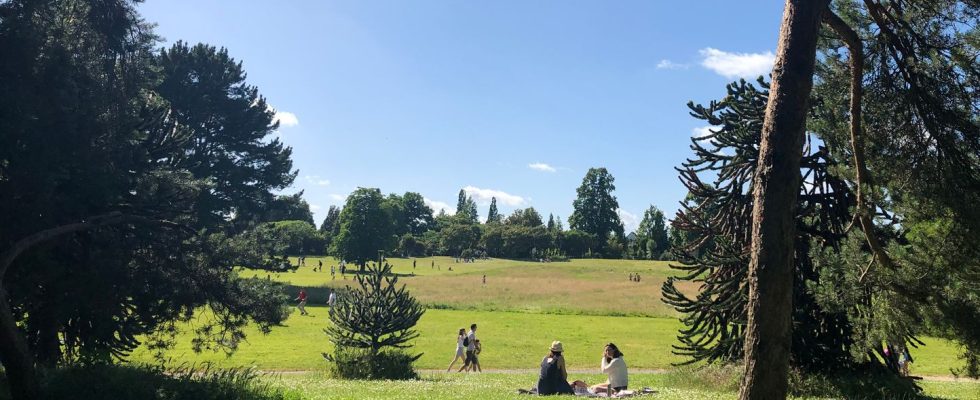Does the magnolia that you see blooming from your office window make you happy? Are you impatient at the idea of your first picnic of the season in the forest? While we knew that nature was good for us, it could have real beneficial effects on our mental health, in addition to having the ability to refresh us. A double Kiss Cool effect which is of great interest to communities, faced with problems of global warming but also… ambient gloom.
A rule, called the “3-30-300 rule”, is becoming more and more talked about as it could respond to these two issues. Nantes Métropole, in any case, has decided to make it its guideline for its policy on green spaces. A charter was voted to this effect during the metropolitan council this Friday.
Plant more, but not just anywhere
This theory with a mathematical name, invented by the Dutch urban forestry researcher Cecil Konijnendijk, hides three principles: that each inhabitant can see 3 trees from their home or workplace, that their neighborhood contains at least 30% canopy, and that each resides approximately 300 meters from a park or garden.
In other words, and while there is a war of numbers between municipalities to know who will plant the most trees, this concept suggests thinking about a more equitable distribution, for the well-being of all. In Nantes, this will involve new plantings, but also the integration of existing trees into urban projects, and the protection of trees that are still often sacrificed during construction sites. But also through the involvement of citizens, to the extent that “75% of the city’s canopy is located on private land”.
“Scientifically validated and easy to remember”
Because this rule, which looks like a magic formula, has already borne fruit, if we are to believe the results of the recent study scientist. Spanish researchers concluded that when this distribution is fully respected, residents live better and statistically show “better mental health”. In particular, they noted “less medication consumption and fewer visits to a psychologist”.
It must be said that more parks mean more places to play sports or to enjoy the calm, two more good stress relievers… But the study, carried out among more than 3,000 inhabitants of Barcelona, also showed that the Spanish city – like others in Europe – are still far from this ideal. Nearly a quarter of those questioned did not have any of these three elements.
“It is certain that in historic centers, which are a little dense, the objective will be harder to achieve,” comments 20 minutes Clément Gaillard, founder of the Freio design office, specialized in climate design. But for once, it’s a scientifically validated rule that’s easy to remember, so let’s do it! »
According to him, the method would also be particularly interesting for combating heat islands. “The development of smaller planted spaces rather than large woods, often on the outskirts of cities, will make it possible to better distribute shady places to take refuge in times of overheating,” notes Clément Gaillard. In terms of temperature drop, on the other hand, studies speak of a gain of only 0.4°C. On this level, we will not be able to perform a miracle. »

